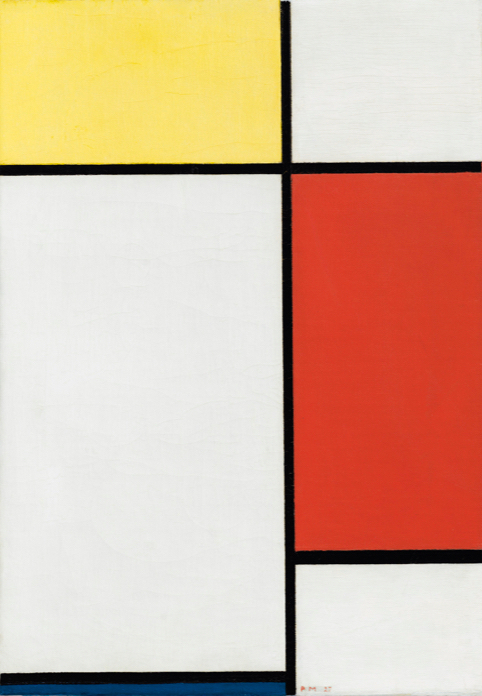
I have been teaching art and design at the university level for more than 25 years. One trend I have observed is quite troubling. Increasingly, students have difficulty prioritizing — determining that one matter, idea or objective is more important than another within a given set of circumstances. Of course, the reasons for this are complex. However, the relativist mindset, which has become pervasive, contributes greatly to this phenomenon.Relativists are individuals who believe all things are equal and there is no “right” or “wrong” — they don’t want to be judgmental.
I understand why most students might hold this position, but making choices and judgements is inevitable and our personal decisions almost always have a significant impact on others. Navigating this mine field and developing good judgement is an essential skill of a great designer — choosing one possibility over another for the benefit of others. Design or making art is at its most basic level a process of exploring possibilities and making choices or judgements that reflect priorities.
St. Augustine famously suggested that most of humanity’s problems and difficulties don’t arise due to the things we hate or dislike but rather placing the things we love in an improper order or priority. For example, loving your career is a wonderful thing. We should all love what we do. Loving your friends and family is also a good and admirable thing. The difficulty is prioritizing, balancing, and ordering these things. Most likely we have all, for a period, prioritized our career over our family or important relationships and discovered the eroding impact this can have. In some cases, if the behavior persists, the damage done to those relationships can circle back and damage our ability to achieve the very career goals we are seeking to achieve.
One of my friends calls this messy balancing act “relationshit.” It is truly difficult balancing all the things we love and value. We must prioritize and make decisions constantly about what we value as well as when and how we will demonstrate that value. It is no different when we are making something.
Like life, great writing, great design and great art all require the maker to develop clear priorities, concepts or goals and pursue them with a level of rigor and consistency. In order to do this with conviction the maker, with or without awareness, is constantly determining that one course of action is better than all the other options. To accomplish this clarity and consistency some makers go so far as to impose a set of “rules” that guide their actions. For example: Mondrian (one of his works is shown here) for a period limited his compositional studies to a white rectangular canvas with vertical and horizontal black lines and filled various fields between these lines with primary colors — yellow, red, blue or grey. To limit yourself to a simple set of rules requires you to say no to all the other compositional possibilities. To devote your life to this limited set of rules over time requires an extraordinary level of commitment and conviction. It requires setting priorities.

I have a tendency to look at a Mondrian, but not observe….in your picture today I noticed the black lines vary in width….I think it is something similar to Rothko in how he makes his paintings so rich….not just blocks of color, but something that draws you in, but you aren’t sure what it is….anyway….I’m really upset with the NYU firing of the professor of Organic Chemistry….I just want to strangle (not the immature students who cursed theirselves with that petition), but instead the NYU administrators who caved….I can’t tell you how many college level courses I dropped because I wasn’t ready for the level of intensity that the instructor established on day one, but i eventually realized that I would have to step up….I was always grateful that instructors like that existed in the world and were ready to teach fearlessly and with joy….for this i thank you was well David 🙂